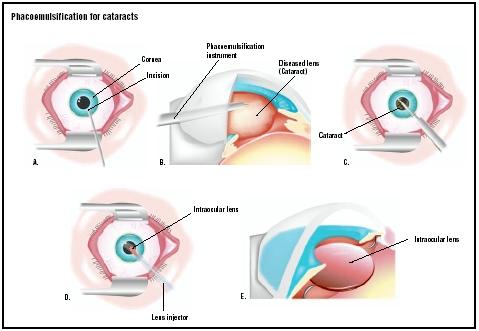Toxicological effects are often described according to the organ or system that they impact: cardiovascular, respiratory, gastrointestinal, urinary, muscle, frame, and the effect of milling with the skin, peripheral or central nervous system and sense organ effects, immune system effects; effect gland gland endokrin and reproductive system effects. Effect of organs in experimental animals are often, though not always, input is expected from the effects of human exposure to pesticides are the same.
A toxicological insult to one organ may have direct consequences on other parts of the same system, or on some systems, because of the complex interaction and coordination of various body systems.
• enzymes

is a protein that accelerate chemical reactions of specific molecules. A pesticide that interferes with the enzymatic process can prevent, slow or speed up a chemical reaction in cells. Enzymatic disruption can lead to toxic response by the cells, networks, organ, or system. For example, acetylcholinesterase is an enzyme important for nervous system function properly, can be inhibited by organophosphorous insecticides, leading to a nervous system poison.
• Critical component provider

Critical cellular components (eg, DNA, hormone receptors, the energy that produces chemicals, chemical impulsetransmitting nerve, and cell membrane transport protein) can interact with pesticides to produce harmful effects. Pesticides may be molecules that serve a particular purpose. For example: hemoglobin molecule is a special primary function is to transport oxygen in red blood cells. Interference with the hemoglobin so it can not work effectively due to injuries stemming from the changes in oxygen transport.
Toxicity characterized by Effect
Toxicity often can be explained according to the visible or measurable effect is caused.
• Death

is the most toxic effect, occurs when the essential functions of the body changed or inhibited.
• Irritation

Irritation is observed when the pesticides affect the cells of the skin or eyes; corrosion occurs when the integrity of the outside layer of damaged cells. Effect is often referred to as the "burn." Less severe irritation may appear as redness, swelling, or inflammation on the skin. Irritation / corrosion can result from a single or cumulative exposure.
• Skin sensitization

Skin sensitization is an allergic reaction; sensitization require multiple exposures over a period of time. Early exposure "sensitizes" the person, and then the exposure of individuals to react to the chemicals by the "rash." Poison ivy is a familiar example of sensitive skin, natural chemicals.
• Mutagenicity (also called genotoxicity) result from changes in the genetic material of cells. There are two general types: a gene mutation that changes the DNA genetic code and structural mutation that caused chromosome structural damage.

• Mutagenic
Mutagenic compound produces chromosomal aberrations in May by modifying the physical structure or the number of chromosomes, the result for the chromosomes or mismatched, or chromosomes that failed to undergo cell division. Gene mutations, including deletion, addition, or substitution of the chemical components of DNA, which contains all the code information that allows organisms to function. Interference in the genes or chromosomes can lead to disease (including cancer) and birth defects. A mutagen is a concern if the damage to sperm or egg cells, so that the disability must be submitted to successive generations.
• Tumors

Tumors also called neoplasms-a network that is abnormal growths, they can be either benign or malignant. Tumors most friendly because it does not threaten the living cell division is usually slow and the noninvasive cell: They will not spread to the surrounding network. Malignant Tumors rapid share, in the uncontrolled fashion, and spread to cells other body; this, combined with their tendency to withhold nutrition needed by the network healthy, so he destroys, renders them lifethreatening. Tumors are probably one of the four types of cancer:
• Leukemias

Leukemia: the cancer cells from blood red, some white blood cells, and cells that produce these cells.
• Lymphomas

Lymphomas are cancers that affect the organs of the system is weak, such as the lymph nodes.
• Sarcomas

Sarcomas are cancers of connective tissues such as bone, muscle, and cartilage.
• Carcinomas

Carcinomas are cancers of the internal and external epithelial cells.











.jpg)